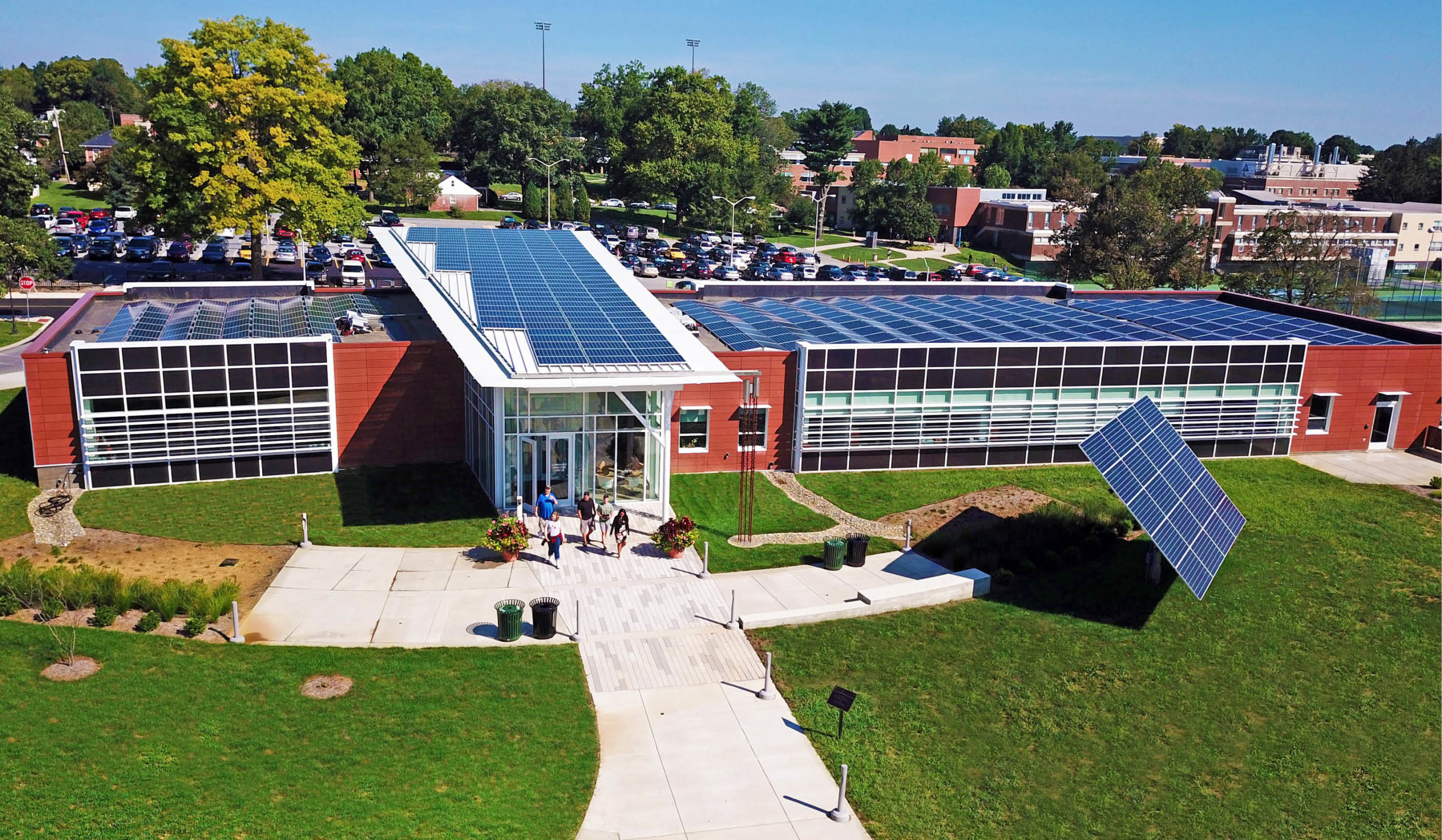University of Minnesota
Reduced Laboratory Ventilation
Minneapolis, MN
The University of Minnesota is committed to reaching their goal of carbon neutrality by 2050 – one step towards their overarching sustainability goals is the reduced ventilation rate program for specific laboratories. The reduced ventilation program will improve energy efficiency while providing the appropriate amount of ventilation under normal and emergency conditions.
AKF was the engineering firm selected to create the framework for Reduced Laboratory Ventilation based upon our engineering expertise in laboratory design and our Architectural Code Consulting group’s knowledge of fire safety codes and standards. This framework became the University’s standard and every consultant now needs to follow this guidance for laboratory designs. AKF collaborated intimately with the University’s Department of Health & Safety, Facilities Engineering, and Building Code departments to create a comprehensive strategy.
The framework developed by AKF provided the University with three main options for laboratory projects:
• Prescriptive labs designed in accordance with all current applicable codes and standards using the standard permitting process.
• Performance-based labs designed to achieve code minimum ventilation rates under emergency conditions, but modulated to a reduced ventilation rate for normal operating mode. Ventilation rates are based on empirical data and verified through initial and periodic post-occupancy airflow monitoring of the laboratory space. Performance-based labs are also designed with manual controls that include Standard Operating Procedures (SOPs) and emergency buttons.
• Smart labs designed using permanently-installed fully automatic airflow monitoring to modulate the ventilation system based upon the Classification of Laboratory Ventilation Design Levels ASHRAE TC9.10 document.
A unique aspect of the University of Minnesota is their Building Code Department, which is the authority having jurisdiction to administer codes in accordance with the rules, regulations, and laws as adopted by the State of Minnesota. The Framework AKF developed not only addressed the University’s overarching sustainability goals but also provided the necessary code and standards justification to receive approval from the University’s Building Code Department.
Technical Statistics



